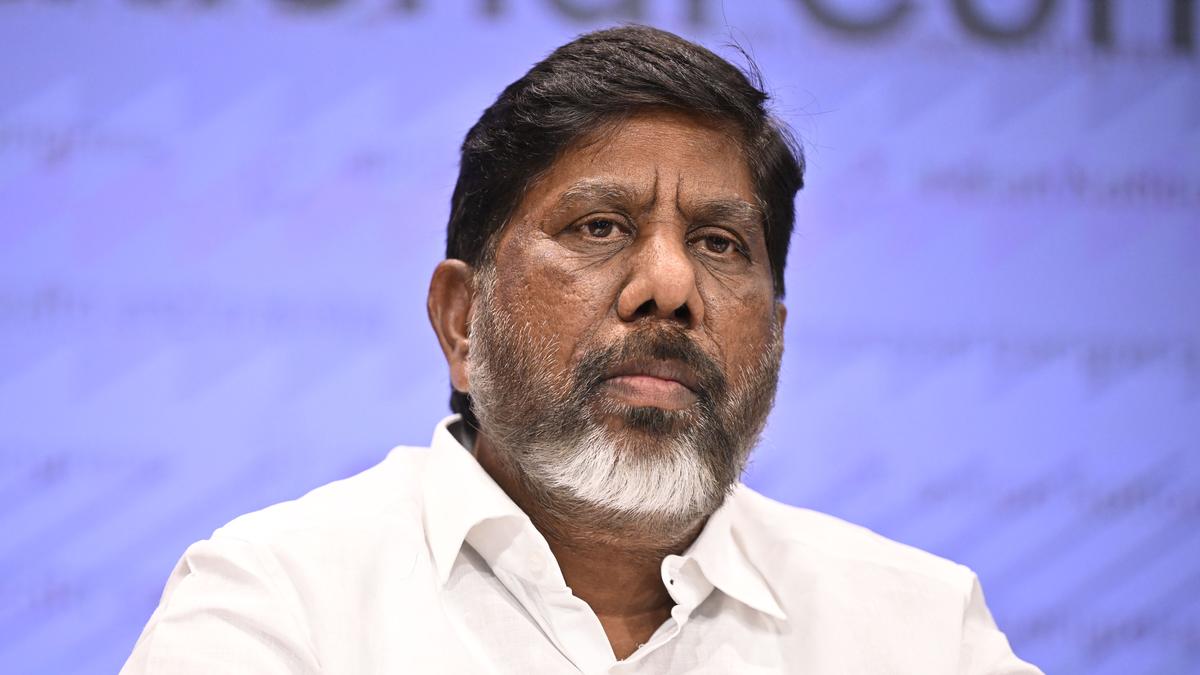Imagine taking a road trip from RV Road to Bommasandra. Usually, it’s an hour or more crawling through heavy traffic. On Monday morning, August 11, that same journey took just 33 minutes. For Bengalureans, who have waited eight years for this seamless journey, the moment finally arrived when the much-awaited Yellow Line of Namma Metro began operations.
The stretch, inaugurated by Prime Minister Narendra Modi on Sunday, opened to the public at 6.30 a.m. on Monday. This reporter boarded the second train of the day on the new 19.15 km stretch from RV Road to Delta Electronics Bommasandra Metro Station. As expected, there was excitement in the air. Commuters, many of them office-goers, were ready to swap their buses, bikes, and cars for the metro.
However, one thing became clear: the joy of the Yellow Line comes with a heavy dose of crowding. Running at 100% capacity on day one, the line urgently needs more trains.
A journey of speed, a problem of frequency
At present, the Yellow Line operates with just three trainsets, each running at a 25-minute frequency. That’s clearly inadequate for a stretch that connects major IT hubs like Electronics City and Bommasandra.
On the return trip from Delta Electronics Bommasandra, The Hindu team had to wait more than 30 minutes for a train despite BMRCL’s stated 25-minute schedule. While the first few stations weren’t packed, the train began filling rapidly by the time it reached Infosys Foundation Konappana Agrahara. By Central Silk Board, it was standing-room-only.
The crowd was a mix of excitement and frustration. Many passengers were happy to finally ride the line, but angry about how long it took to get here and how unprepared BMRCL seemed for the demand.

Commuters speak out
Siddharth M.A., who usually travels from Banashankari to Electronics City by BMTC bus, tried the Yellow Line on Monday. While he admitted it’s faster than the bus, the crowd made him uneasy.

Passengers commute on Yellow Line Namma Metro, after Bengaluru Metro Rail Corporation Limited (BMRCL) open to Public its train services, starting from Rashtriya Vidyalaya Road metro station, to Bommasandra on Hosur road for a distance of 19.5 kms, in Bengaluru on August 11, 2025. | Photo Credit: Murali Kumar K
“BMRCL has turned a blind eye to commuters’ woes. They knew this stretch would see high ridership, but they failed to get trains on time. The supplier delays were no secret, and yet they couldn’t hold the company accountable. Now we have three trains, maybe a fourth by month end, and the full 15 trains only by March 2026. Until then, we suffer. Officials responsible should be held accountable,” Mr. Siddharth said.
Pavithra Kumari, travelling from Kudlu Gate to Bommasandra, also shared her frustration with the team. “The train was supposed to come at 9.10 a.m. but was delayed by 30 minutes. BMRCL claims the frequency is 25 minutes. What does that even mean? I couldn’t wait, so I left the station and booked an auto. Without enough trains, this stretch will be chaotic, not efficient.”

Peak hour squeeze
Back at RV Road, we observed heavy crowding on the Yellow Line platform, especially as this station interchanges with the Green Line, where trains run every 4–8 minutes. The mismatch in frequency causes large groups of passengers to accumulate, resulting in chaotic boarding during peak hours.
Bengaluru South MP Tejasvi Surya, who also took a ride at the same time to oversee the new line operation, acknowledged the risk. “This situation can lead to overcrowding at RV Road interchange, especially during peak hours. Until the number of trainsets increase, safety is a concern.” He said he would urge BMRCL to install platform screen doors or barricades for commuter safety. “Many passengers voiced the same concern to me, which I have passed on to BMRCL officials for urgent action,” he added.
Rajesh Kumar, another commuter at RV Road, suggested temporary solutions. “Why can’t spare trains from the Green or Purple Line be used here during peak hours? Or at least add two more trains immediately. I think BMRCL officials should learn from systems like the Delhi Metro on how to manage crowds and complete projects on time. These people go on study tours spending lakhs of taxpayers’ money just to figure out how to raise fares. Why can’t they instead learn how to implement and deliver projects quickly?” Mr. Kumar questioned
Took 33 mins to cover the 19 km #YellowLine stretch from RV Road to Bommasandra. Metro was jam-packed in both directions, running at 100% capacity. Crowding this bad on Day 1 shows how urgently BMRCL needs to add more trains. #BengaluruMetropic.twitter.com/ID6agngJvp
— Darshan Devaiah B P (@DarshanDevaiahB) August 11, 2025A project years in the making
The Yellow Line was originally slated for completion in December 2021. But the project faced delay after delay land acquisition hurdles, the COVID-19 pandemic, and, most significantly, rolling stock supply problems.

The Chinese company had won a ₹1,578-crore contract in 2019, but failed to supply the trains since the company had failed to set up a manufacturing plant in India. The company was to supply 216 metro coaches to BMRCL. With supply delays dragging on, BMRCL eventually partnered with Titagarh Rail Systems Limited (TRSL) to manufacture the coaches domestically. The new trains are now being delivered, but painfully slowly one set at a time.
The result? On day one itself, a brand-new metro line is running overcrowded, with no quick fix in sight. According to BMRCL, a fourth trainset is expected by mid-August, with gradual additions to follow. By March 2026, the Yellow Line should have its full complement of 15 trainsets. Until then, commuters will have to contend with the gap between demand and supply.



.png)
.png)
.png)
















 3 hours ago
6
3 hours ago
6








 English (US) ·
English (US) ·